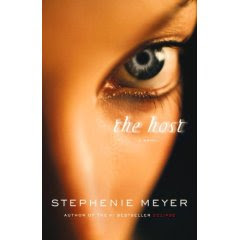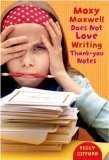Kid Sleuth at Camp: Cam Jansen and the Summer Camp Mysteries by David A. Adler
 As fans of the girl sleuth might expect, kid detective Cam Jansen and her co-gumshoe Eric Shelton have hardly arrived at Camp Eagle Lake when Jennifer, nicknamed "Cam" for her camera-like photographic memory, finds herself engaged in a bit of impromptu detecting. It seems that most of the campers' parents spotted a blue mailbox look-alike with a sign asking parents to use the envelopes provided to drop campers' spending money into the box for safekeeping. Strangely, the camp director knows nothing of such a box, and when the disturbed parents hurry back to where the large metal box was posted, they find it gone, along with thousands of dollars of campers' money deposited by their thoughtful parents.
As fans of the girl sleuth might expect, kid detective Cam Jansen and her co-gumshoe Eric Shelton have hardly arrived at Camp Eagle Lake when Jennifer, nicknamed "Cam" for her camera-like photographic memory, finds herself engaged in a bit of impromptu detecting. It seems that most of the campers' parents spotted a blue mailbox look-alike with a sign asking parents to use the envelopes provided to drop campers' spending money into the box for safekeeping. Strangely, the camp director knows nothing of such a box, and when the disturbed parents hurry back to where the large metal box was posted, they find it gone, along with thousands of dollars of campers' money deposited by their thoughtful parents.
Eric is sure that Cam's famous memory can come up with a clue, and after questioning the staff, other campers, their parents, and the camp gatekeeper Barry, Cam winnows the suspects down to the driver of a blue car arriving suspiciously with no kids aboard. Cam searches her memory and--CLICK!--up comes the memory of the suspect's blue car and its license plate number! Cam is a camp hero before she even meets her grateful bunk mates.
Since this edition is a "Super Special," there are still two more cases to follow--"It's a Raid," and "The Basketball Mystery." In the first, Cam and her bunkies return from lunch to find their cabin trashed, but all her picture-perfect memories show are a neat bunk house before and a messy one after the raid. Still, Cam and Eric prove that they can collect the clues and sleuth out the perpetrator the old fashioned way to solve the case.
Then, on the next to the last day of camp, the kids discover that someone has swiped all the sports equipment, the sport director's computer, and the trophies and prizes for the final playoffs. Barry reports that no one has left the camp in a vehicle, so the young detectives know that the swag must be stashed somewhere inside the camp grounds. Since all she saw was the crime scene after the gear was gone, Cam's memory bank has a big NOTHING on this one, but she does notice the camp cat, Kitty, suspiciously licking the padlock for the shed. Collecting all the clues leads Cam to the camp kitchen where a walk-in freezer seems the likely location of the loot. CLICK! she solves the last mystery just in time to restore the equipment for the final playoffs at Camp Eagle Lake. It's no surprise that Cam Jansen tops off the celebration by winning Camp Eagle Lake's first-ever Best Detective Award.
With summer camps just around the corner, Cam Jansen & the Summer Camp Mysteries (Cam Jansen Adventure) is right on time for beginning chapter book sleuths to kick off their summer's fun. Cam Jansen is into her twenty-sixth year as a preteen sleuth, and her fast-paced mysteries written at third-grade level are a good fit for early elementary readers.




















